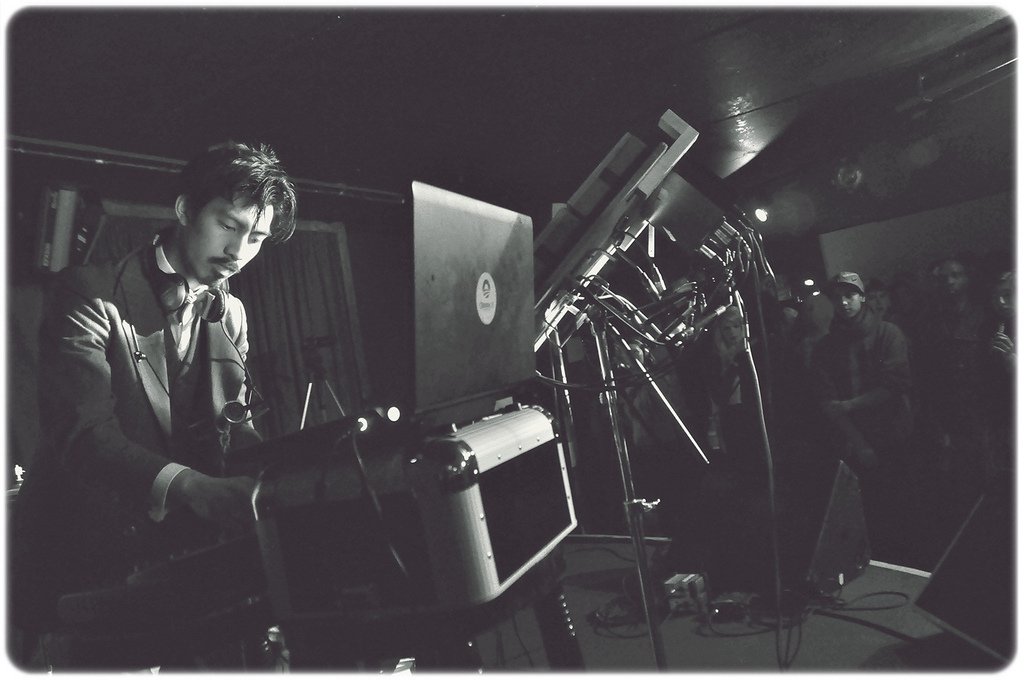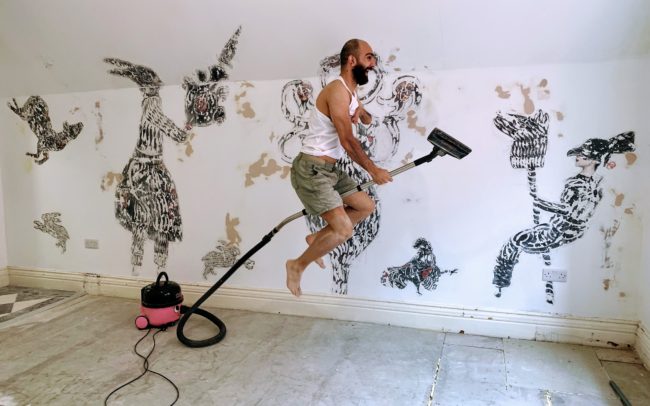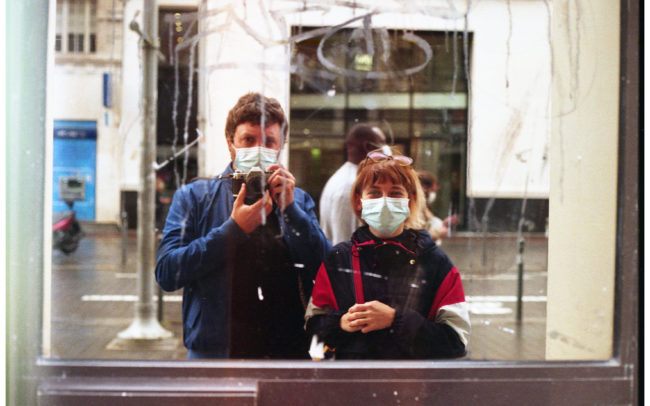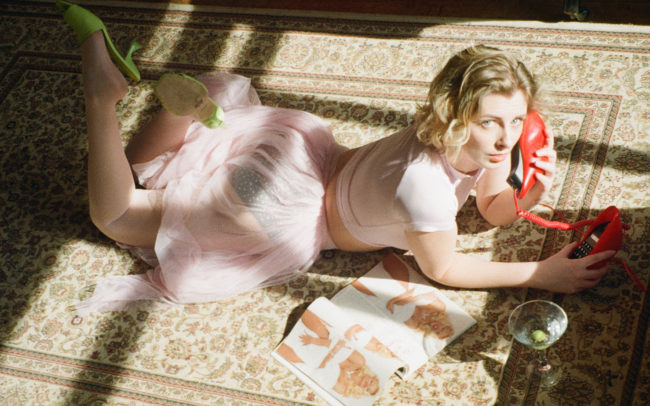Want to explore “the common(ing)”?
Lady Kitt, Edwin Li, Sarah Li
“The Common(ing)”
Our room is an invitation to travellers to leave something for future visitors and take something away- creating a physical, audio, emotional and conceptual circular economy, which encourages recycling, reusing and honouring.
There is a long, rich and beautiful history of travellers creating and visiting shrines. These can be destinations in their own right/ stopping places of safety and reflection along the way. We have taken elements of this tradition and woven them through the practical functions of a bedroom. Creating a space that is useful, interesting, restful and thought teasing.
*The term “commoning” has been popularized by historian Peter Linebaugh in reference to “ordinary” people being called “commoners,”. This term being derived at least part of their livelihoods from the commons before the onset of enclosures by wealthy landowners. Hence the word “commoning” describes people living in close connection to the commons. “I use the word because I want a verb for the commons,” Linebaugh explains. “I want to portray it as an activity, not just an idea or material resource.”
It is made up of three interconnecting elements that speak to each other. Each offering different ways of interacting with a shrine.
We have the “sharing wall” where guests can leave gifts for future visitors as well as find a little something left for them by a past visitor.
This is in line with the action of leaving a votive offering for a deity in a shrine or an object to remember someone by. The second component is a music box which sings to the sharing wall, another important element of shrines can be chanting or singing, vibrations through your body have been proven to have a relaxing effect as well as being strong religious and spiritual traditions across many cultures.
Lastly we have our tape desk where you can record your voice, noises/sounds that you like and leave these tapes for other people to listen back through, like a small archive of voices and sounds of the people who pass through. This is similar to the act of people leaving a note, a wish or a prayer at a shrine, where a future visitor might see the previous thoughts, feelings and memories recorded in these written contributions.
We bring elements of our Queer approaches to making the shrine.
These approaches can sometimes be viewed as clashing with religious/cultural identities attached to faith. We really want to create a space that can celebrate the richness and complexity of what it is to a multi faceted human, gently challenging assumptions about identities considered to be at odds with each other.










